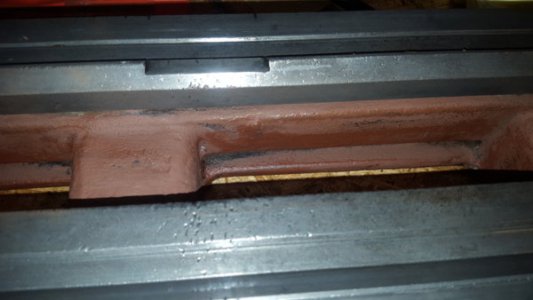- Joined
- Nov 14, 2014
- Messages
- 851
Arrmon, Dennis Turk over on Dalton Gang Yahoo Groups might know about torque settings. He is the real expert on these machines. I used a snug fit when tightening my bearing caps down. As I recall, two screws are original flat head screw driver slots, and two on the rear are cap screws. So using a hex wrench or screw driver, doesn't produce significant torque. Although to much and the spindle stops turning... I think it's mostly by guess and by feel. Main thing is when you put a bar into the spindle and pull upwards you don't get more than .002" vertical movement. A bit less is better.
If your bed is really messed up, you could have a CNC grinder shop take the ways down to A few temths flatness - equally as good as new imported lathes from Taiwan. I've been looking into that process for my 12" x48" Utilathe, a massive old 1950's big iron machine. I've been quoted around $800 by several shops on the west coast and one in
Chicago that specialize in way grinding. The Dalton probably would be much less costly due to its smaller size.
Looks like you are making good progress.
Glenn
If your bed is really messed up, you could have a CNC grinder shop take the ways down to A few temths flatness - equally as good as new imported lathes from Taiwan. I've been looking into that process for my 12" x48" Utilathe, a massive old 1950's big iron machine. I've been quoted around $800 by several shops on the west coast and one in
Chicago that specialize in way grinding. The Dalton probably would be much less costly due to its smaller size.
Looks like you are making good progress.
Glenn

